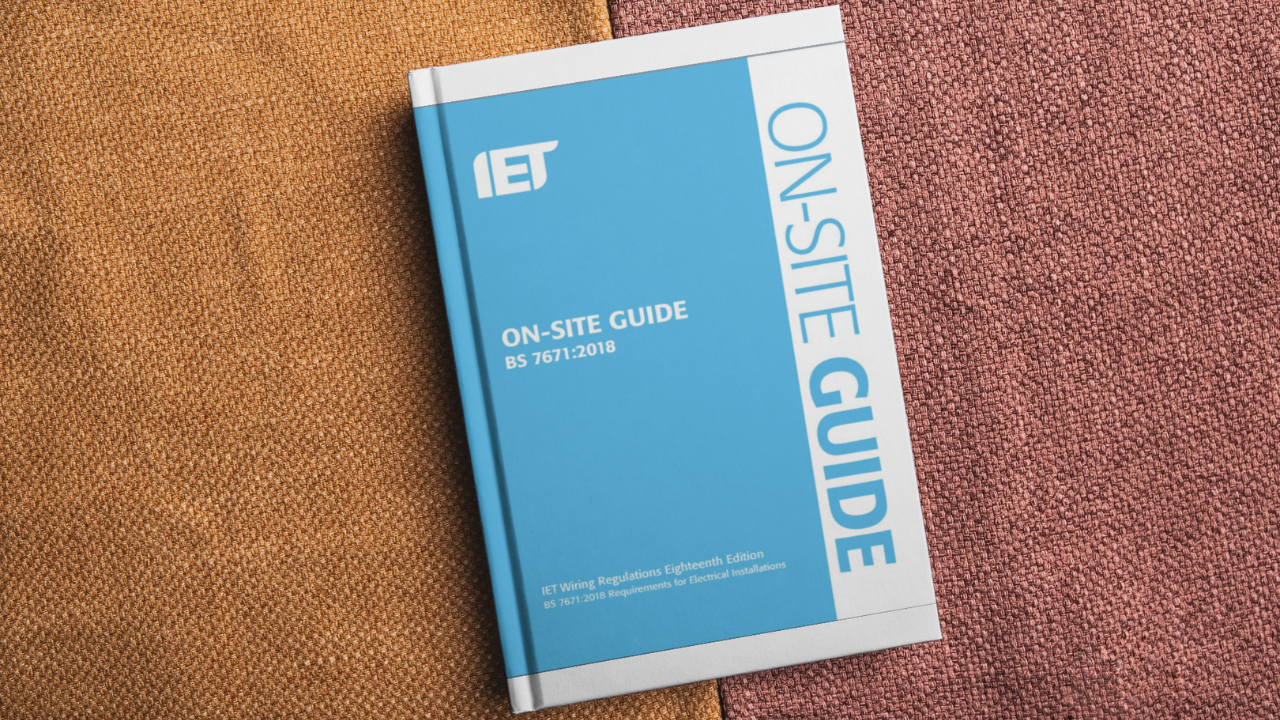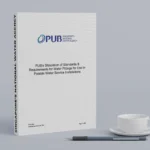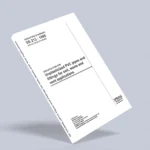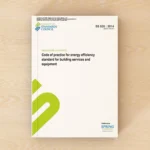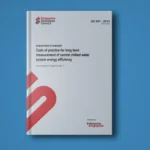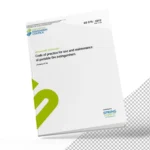The BS 7671 2018 On-Site Guide is a companion document to the IET Wiring Regulations, designed to assist electricians and installers with the practical application of the regulations. It provides simplified guidance, practical examples, and illustrations to help ensure that electrical installations comply with BS 7671 2018. Below is an overview of the key aspects covered by the On-Site Guide.
BS 7671 2018 On-Site Guide Key Aspects
1. Introduction and Scope
- Purpose: The guide helps electricians understand and apply the requirements of BS 7671 2018, ensuring safe and compliant electrical installations.
- Application: Suitable for a wide range of installations, including residential, commercial, industrial, and special locations.
System Design and Installation
2. Fundamentals of Design
- Assessment of General Characteristics: Understand the installation’s purpose, supply characteristics, and environmental conditions.
- Protection Against Electric Shock: Implement measures such as earthing, bonding, and the use of Residual Current Devices (RCDs).
- Overcurrent Protection: Ensure circuit protection against overload and short circuits with appropriate devices.
3. Wiring Systems
- Cable Selection: Choose suitable cable types and sizes based on load, environmental factors, and installation methods.
- Installation Methods: Follow guidelines for various installation methods, including conduit, trunking, and direct burial.
- Current-Carrying Capacity: Derate cables as necessary based on installation conditions and ambient temperatures.
Earthing and Bonding
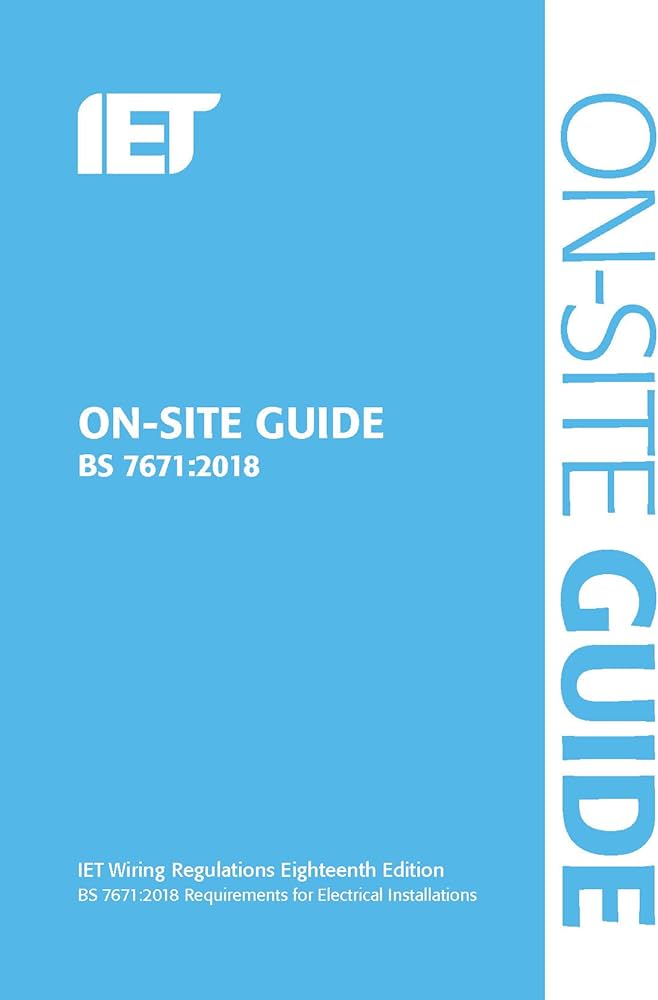
4. Earthing Arrangements
- Types of Earthing Systems: Understand and apply different earthing systems such as TN, TT, and IT systems.
- Main Earthing Terminal: Ensure a secure connection of the main earthing terminal to the earth electrode and bonding conductors.
5. Protective Bonding
- Main Protective Bonding: Bond all extraneous conductive parts such as gas and water pipes to the main earthing terminal.
- Supplementary Bonding: Apply additional bonding in areas such as bathrooms and kitchens where there is an increased risk of electric shock.
Inspection and Testing
6. Initial Verification
- Visual Inspection: Check for compliance with design specifications and absence of damage.
- Testing: Perform tests including continuity, insulation resistance, polarity, earth fault loop impedance, and RCD operation.
7. Periodic Inspection
- Frequency: Conduct periodic inspections based on the type and usage of the installation (e.g., every 10 years for domestic properties).
- Electrical Installation Condition Report (EICR): Document the results of inspections and tests, noting any defects and recommended actions.
Special Installations and Locations
8. Bathrooms and Shower Rooms
- Zones: Understand the different zones in bathrooms and apply appropriate protection measures.
- Equipment: Use suitably rated equipment and install RCD protection for circuits supplying bathrooms.
9. Outdoor Installations
- Weatherproofing: Ensure that all equipment used outdoors is appropriately rated for exposure to weather.
- Cables and Conduits: Use suitable types of cables and conduits designed for outdoor use to prevent degradation.
10. Temporary Installations
- Safety Measures: Implement additional safety measures such as RCD protection and robust construction for temporary installations at events or construction sites.
Practical Examples and Illustrations
11. Example Circuits
- Circuit Diagrams: Provide simplified circuit diagrams for typical installations.
- Cable Calculations: Show examples of cable size calculations based on load and installation conditions.
Compliance and Documentation
12. Certification
- Electrical Installation Certificate (EIC): Complete an EIC for new installations, detailing the work done and test results.
- Minor Electrical Installation Works Certificate (MEIWC): Use MEIWC for minor additions or alterations to existing installations.
13. Labeling and Signage
- Circuit Identification: Clearly label all circuits and equipment to ensure easy identification and safe operation.
- Safety Signs: Install appropriate safety signs to warn of electrical hazards and provide instructions for safe use.
Conclusion
The BS 7671 2018 On-Site Guide is an essential tool for electricians, providing practical guidance to ensure compliance with the IET Wiring Regulations. By following the simplified instructions, practical examples, and illustrations in the guide, electricians can ensure safe and reliable electrical installations. For detailed requirements and specific scenarios, always refer to the full BS 7671 2018 standard and the On-Site Guide.
Note: All Password are [“salaimep” or “salaimep.com”]
Download |OneDrive, Google Drive
Also Download – BS 7671: 2018 Requirements for Electrical Installations Download
